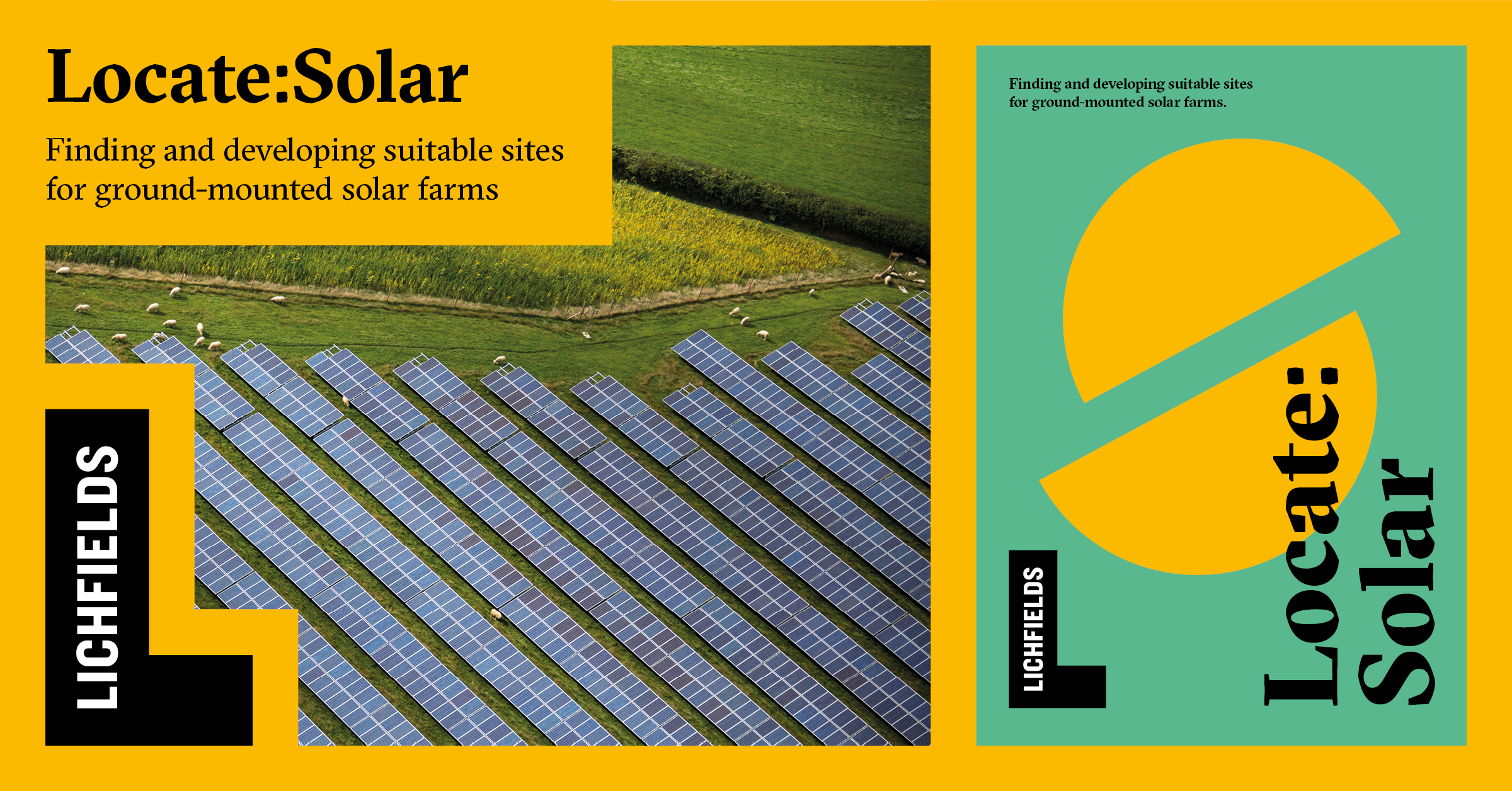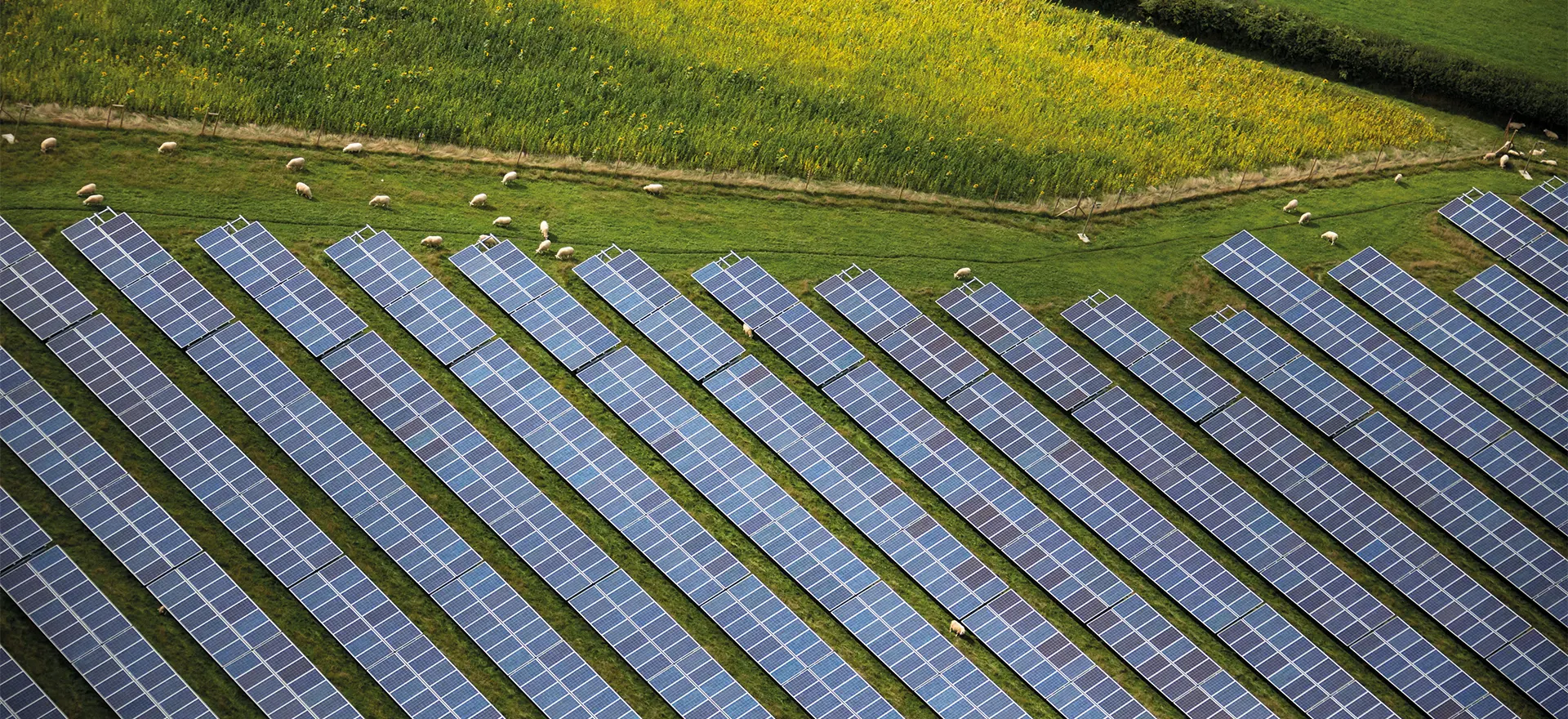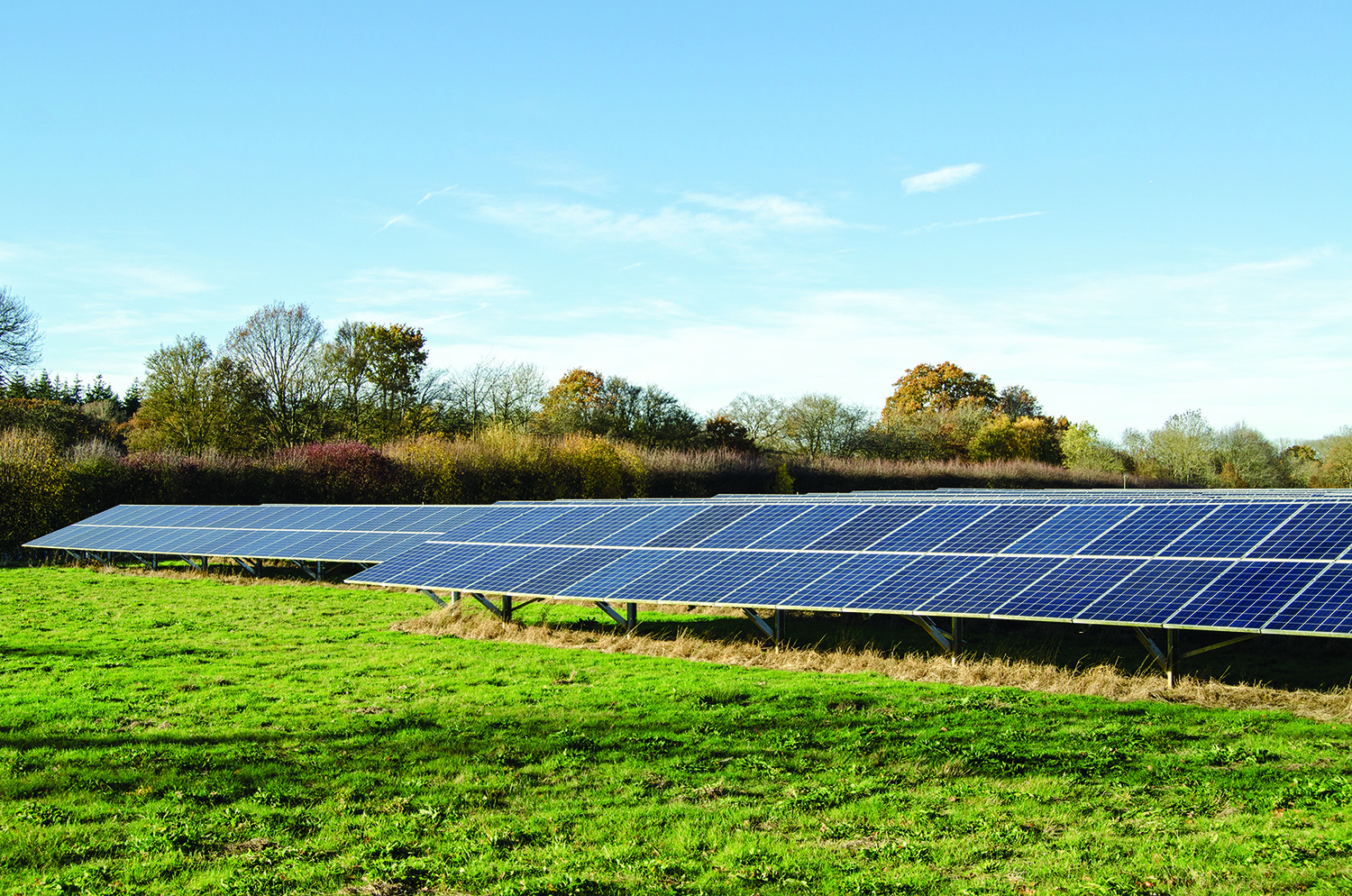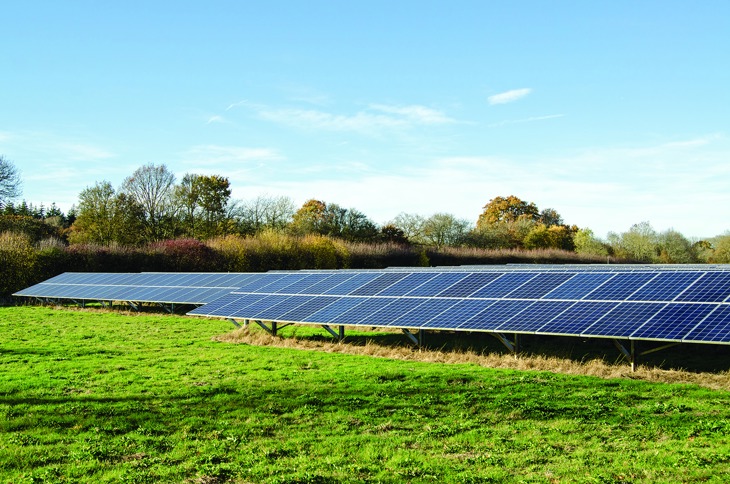The UK has established a world first in becoming the first major economy to pass a net zero law, which aims to bring all greenhouse gas emissions to net zero by 2050. To achieve this, development of standalone and integrated solutions will be needed to reduce the emissions associated with energy consumption within all facets of our society. With the COVID-19 pandemic, we have all seen the CO2 reduction impacts that can happen when our economy is effectively shut down, but the key is how do we make this reduction in emissions sustainable as the focus shifts to recovering and subsequently growing the economy with fossil fuel prices at a record low?
Solar energy has long been part of the solution. The cost of solar has plummeted by over 70% in the last decade. Only a few weeks ago the UK Solar Trade Association CEO, stated:
“Solar is playing a critical role in delivering a fossil-free grid and cleaner, cheaper power to Britain. As we look towards a net zero future, solar will become an increasingly greater part of the energy mix, tackling high power prices, climate change, and biodiversity loss.”
Added to this, the UK Government announced earlier this year that it would reintroduce Contracts for Difference subsidies for new solar farm developments in 2021, providing a new route to market for prospective schemes.
It is clear that solar PV is both impactful and deliverable in the UK, and with falling prices, improved system efficiency and increased Government support, the technology looks more attractive than ever.
But what exactly does it take to deliver a commercially viable solar development? We know a number of factors need to be considered when identifying a suitable site and that the process of site selection is complex and varied. So how best to go about it? This blog begins to unpick the challenges of solar development and explain what it takes to get from a greenfield (or empty roof) to a fully developed commercial installation, focusing on how to identify the most suitable sites for development in the UK.
Operational Challenges
- Identifying networks with available capacity - As the UK network generation make up shifts from the traditional large power generators (oil/gas/coal/nuclear) to a more renewable-led make up, with solar and wind at the fore, how this generation is spread across the network has changed. Smaller renewable generating sites are connecting within the network as ‘Embedded Generators’ – very different to the traditional large generator connections at the highest level (National Grid) which then filtered down through the network.
As this embedded local generation becomes more widespread, we are seeing networks becoming more congested with resultant increases in the connection fees for new generators and program delays as the Network Operators are required to upgrade their networks to accommodate the new connections. Understanding the current limitations and knowing where national and regional network upgrade works have already taken place is an essential part of robust renewables business planning.
- Identifying viable connection points – Identifying the type of connection that will be most appropriate for your project is also key. The size of a project (in terms of output MW) dictates the best option for its connection. For example, it may be feasible to connect a new 5MW generator to a National Grid substation, but it would certainly not present the most cost-effective solution. Equally, trying to connect a large project, for example 200MW, to a Distribution Network Operator substation is unlikely to deliver the most cost effective/best technical solution. Knowing the intricacies of the grid connections and developing good links to the network operators is as critical as knowing the land area you have available in the feasibility stage of any project.
- Achieving a sufficient irradiance level – Another key factor is the irradiance level i.e. the solar resource available at the proposed site. Historically, development north of an imaginary line between the Humber and North Wales has been deemed unworthy of consideration, but the current granularity of irradiance data and economic returns associated with solar means this is now clearly incorrect. There are a significant number of solar PV installations operating successfully north of this line, indeed into Scotland, and a backlog of planning applications for additional generation in the north, indicating that investors and developers see this area as a positive location. A number of factors have driven this change including:
- Technology advancements – panels operate with a slightly improved efficiency in cooler temperatures; thus the fall in actual available energy to convert is compensated by improved efficiency of conversion.
- Panel capacity has improved whilst prices have fallen. Larger capacity panels means installations can be developed using a smaller land area. Assuming suitable topography, this can be as little as 3.5 acres per MWp without adversely impacting row shading.
- In the north of the UK, and especially into Northern Scotland, daylight hours during the cool summers are significantly longer and the extension of morning and evening light extends the generation period over sites thus compensating for the lower irradiance level at higher latitude.
Advances in technology and site search techniques mean that the north of the UK should be on the table. And with typically lower land prices and further competition for development space in southern areas, appropriately sited solar arrays in the north can give very positive results in terms of site payback.
Planning Challenges
In pursuing any new solar farm project, one of the greatest challenges is finding a site which is not only operationally viable, but one which can achieve planning permission. Planning policies in Local Plans very rarely include specific land use allocations to support such proposals and, typically, only provide limited policy details as to how renewable energy development – in its broadest sense – will be considered in the determination of individual planning applications.
Planning Practice Guidance does, however, provide a useful steer as to the range of ‘planning considerations’ which Local Planning Authorities should take into account when determining the acceptability of large-scale solar farm schemes. Finding viable solar farm projects which are capable of performing well against all aspects of these considerations is no easy feat and, indeed, proposals which are located within the Green Belt face even greater hurdles in planning terms. Here, there is also the need to demonstrate very special circumstances which paragraph 144 of the NPPF confirms, unequivocally, “will not exist unless the potential harm to the Green Belt by reason of inappropriateness and any other harm, is clearly outweighed by other considerations”.
Through careful site selection at the outset, we have been successful in overcoming the policy hurdles and obtaining permissions, including in the Green Belt.
Locate:Solar
Lichfields, in partnership with ITPEnergised, has developed an innovative, site-finding toolkit (“
Locate:Solar”) which seeks to identify suitable and viable solar farm sites by addressing these technical and planning challenges head on. The output is an interactive aerial map, whereby users of the toolkit are able to obtain full details of viable solar farm locations which have been ranked according to their relative level of planning constraints, environmental sensitivities and technical suitability.
For developers, this allows new solar farm proposals to be put forward which have the best prospects of securing planning permission, whilst also being able to demonstrate the absence of alternative more suitable sites: a central requirement of national policy.
For landowners, Locate:Solar identifies the potential for new solar farm development within a given landholding and, in turn, opportunities to support existing rural businesses and landowners through a regular and reliable new income stream.
For local planning authorities, Locate:Solar can identify suitable new renewable energy sites for inclusion in emerging development plans, forming an important, tangible part of the response to the climate change emergency, whilst supporting the principles of sustainable development and rural diversification.
ITPEnergised is a specialist renewable energy consultancy enabling projects from concept to operation and asset management.
Ruth Fain is an Associate at ITPEnergised.
James Cox is an Associate at Lichfields.







